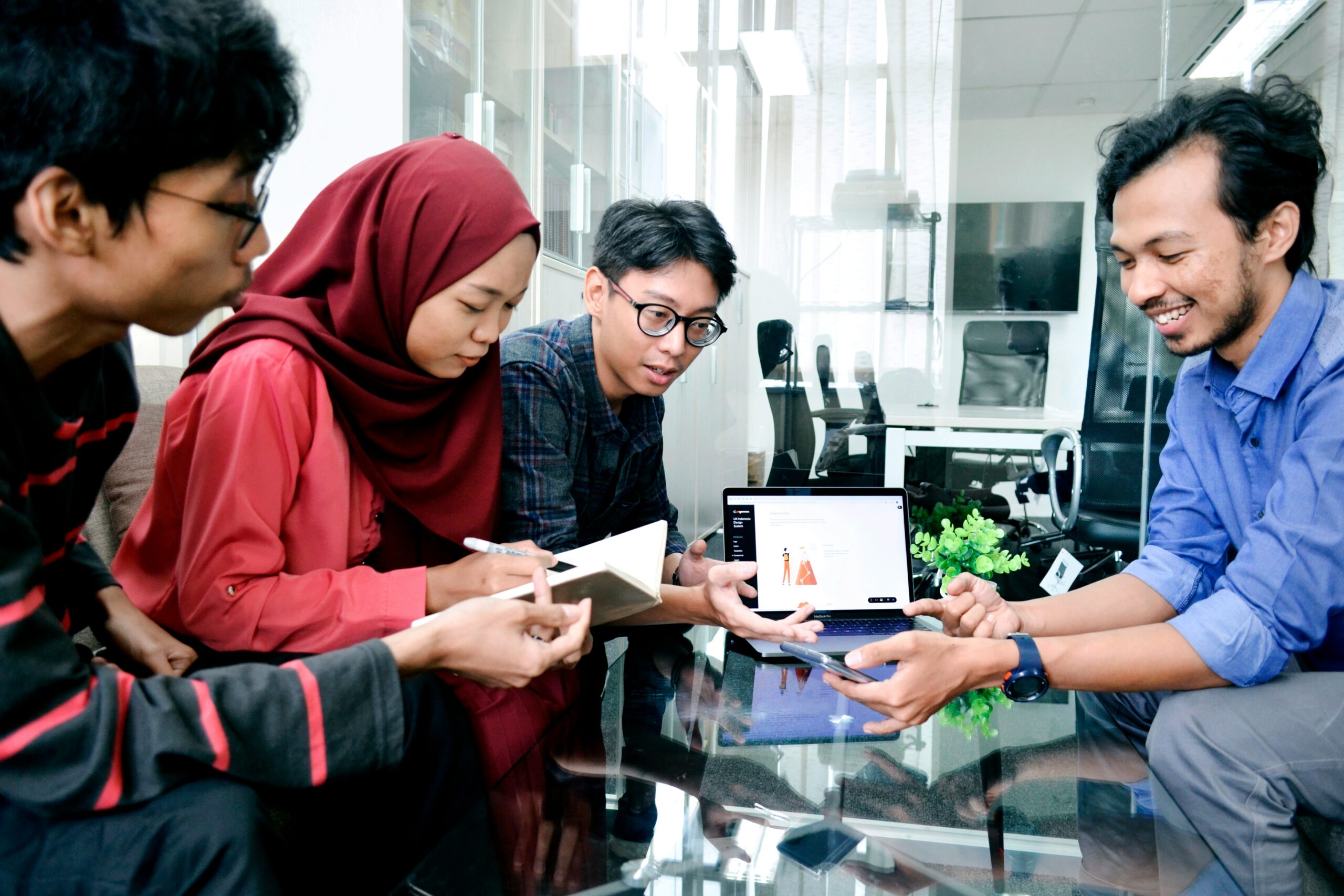
Student success thrives when curiosity meets opportunity. Research and development (R&D) serve as powerful pathways to ignite learning, sharpen problem-solving skills, and build resilience. By guiding students through research-based experiences, educators and institutions create spaces where learners grow not only as students but also as innovators.
This post examines how R&D supports student achievement, why it is important for personal growth, and how schools and mentors can create environments that foster the development of ideas and confidence.
Building Curiosity into Learning
Research starts with questions. When students are encouraged to ask why and how, they move beyond memorizing facts. They begin to investigate, test, and explore. Curiosity-driven projects give learners a sense of ownership over their work, fostering a deeper connection to the material. That ownership deepens engagement and motivates them to push further.
An environment that rewards curiosity helps students connect classroom lessons to real-world problems. Instead of studying abstract concepts, they test ideas in ways that feel meaningful and relevant. This connection makes learning stick and builds habits of critical thinking.
Developing Problem-Solving Skills
R&D is not only about finding answers; it is about facing challenges. Students who work on research projects learn that solutions are rarely simple. They must test hypotheses, review evidence, and refine their methods. These steps nurture resilience.
When students meet setbacks, they develop patience and creativity. They learn to look at problems from new angles rather than giving up. This ability to adapt becomes one of the most valuable skills they carry into their future careers.
Encouraging Collaboration and Teamwork
Research often works best when done together. Collaborative projects expose students to different perspectives. Sharing ideas allows them to see that innovation is rarely a solo effort.
Group R&D activities also build communication and leadership skills. Students must learn to explain complex ideas in simple terms, listen to feedback, and respect diverse viewpoints. These experiences mirror the dynamics of professional research teams and prepare them for collaborative work in any field.
Linking Research to Real-World Impact
Students achieve more when they see the value of their work. Connecting research projects to community issues, social needs, or industry challenges shows learners that their ideas matter.
When students design solutions for real problems—whether improving sustainability, developing new tools, or analyzing social trends—they feel empowered. This empowerment strengthens their confidence and motivates them to pursue careers that make a difference.
Fostering Mentorship and Guidance
Behind every successful student researcher stands a mentor. Teachers, advisors, and faculty play a critical role in guiding learners through the research journey. Mentors provide feedback, connect students with valuable resources, and demonstrate ethical practices.
Good mentorship balances support with independence. Students should have space to explore, but they also need direction to avoid frustration. The best mentors help learners develop both confidence and accountability.
Expanding Opportunities Through Technology
Modern R&D benefits from digital tools that make research more accessible and efficient. Online databases, simulation software, and collaborative platforms help students explore new fields. Access to technology opens doors for learners who may not have traditional lab resources.
Technology also levels the playing field. Students from diverse backgrounds can connect with global research networks, access open-source data, and contribute to discussions that extend beyond their classrooms. This inclusion strengthens diversity and brings more voices into the conversation.
Preparing Students for Future Careers
Engaging in research prepares students for the demands of the workforce. Employers look for individuals who can analyze problems, test solutions, and adapt quickly. Students who have practiced these skills in research settings transition smoothly into professional roles.
R&D experience also makes students more competitive when applying for advanced study or jobs. It indicates that they can think independently, manage projects effectively, and make meaningful contributions to a team.
Creating a Culture of Innovation
For student research to thrive, institutions must build cultures that value exploration. Schools can promote this by supporting clubs, offering funding, and celebrating student projects and achievements. Recognition fuels motivation, and a culture of innovation encourages students to dream bigger.
When learners know their efforts are valued, they feel empowered to take risks. This mindset leads to discoveries that go beyond the classroom and inspire long-term curiosity.
Overcoming Barriers to Participation
Not all students have equal access to research opportunities. Financial limitations, a lack of mentorship, or limited resources often hinder talented learners. Institutions must address these barriers by offering scholarships, providing training, and creating inclusive programs.
By making research accessible, schools ensure that every student has a fair chance to succeed. Expanding access not only supports individuals but also strengthens the broader community of innovation.
Building Lifelong Learners
The greatest gift of R&D is the habit of learning. When students discover the thrill of uncovering new knowledge, they carry that mindset throughout life. They become adaptable professionals, engaged citizens, and creative thinkers.
This lifelong learning habit fuels not only career success but also personal fulfillment. Curiosity, persistence, and discovery enrich lives in ways that extend far beyond school.